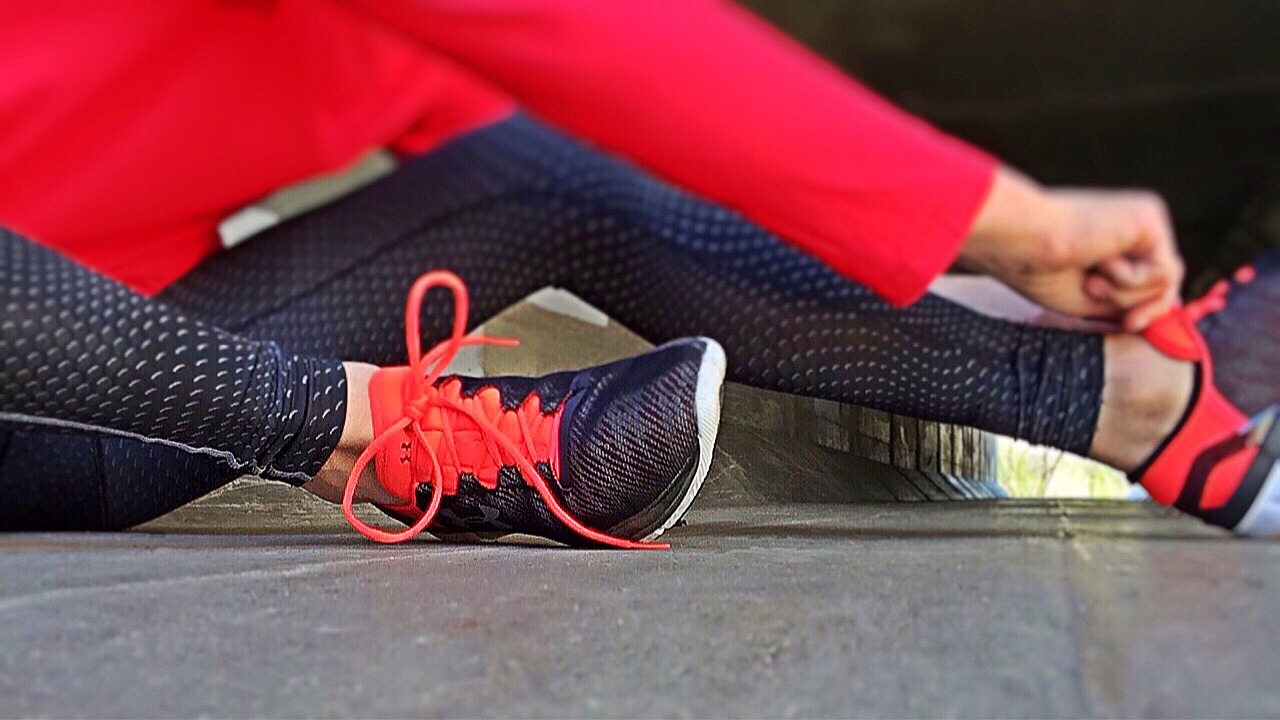Media release
From:
Sport and exercise save the Australian health system more than they cost in injuries
Australians saved the health system more than $320 million in a single year by participating in sport and other forms of physical activity, according to a report released by the Australian Institute of Health and Welfare (AIHW).
The report, Economics of sport and physical activity participation and injury, shows that while there are costs to the health system from treating sport and other exercise-related injuries, this is outweighed by savings from benefits such as lower blood pressure, stronger bones and improved mental health.
The report is part of a broader project funded by the Australian Sports Commission to progressively develop and test new methodology for gathering evidence about the costs of sports injuries and potential benefits to Australians from increased physical activity and improved injury prevention and management.
‘Physical activity has physical and psychological benefits for individuals which can in turn benefit the health system by reducing the need for people to receive treatment for illness and injuries,’ said AIHW spokesperson Dr. Heather Swanston (PhD).
‘We estimate that physical inactivity accounted for around $2.4 billion in health spending in 2018-19.
‘The cost to the health system would have been $1.7 billion higher without the health benefits from current levels of physical activity, including sport, undertaken in Australia.
‘Around $1.2 billion was spent on injuries incurred while undertaking physical activity and $149 million was spent on osteoarthritis due to previous injury from physical activity.
‘Overall, sport and physical activity provided a net saving of $321 million to the Australian health system.’
More spending could have been avoided through improved injury prevention and management in sport and other forms of physical activity.
Of the $1.7 billion in health spending prevented by physical activity during 2018-19, the benefit was similar for males ($820 million) and females ($832 million). Around $190 million in benefit was due to reduced blood pressure and associated cardiovascular diseases, while $108 million was due to improved bone mineral density and reduced fracture costs.
From directly associated conditions, physical activity prevented the most spending on falls ($488 million), depression ($392 million) and anxiety ($173 million).
Through reductions in blood pressure, savings were highest for coronary heart disease ($82 million), atrial fibrillation and flutter ($34 million) and stroke ($21 million). Through improvements in fasting plasma glucose, savings were highest for coronary heart disease ($7 million), cataract ($6 million) and peripheral vascular disease ($5 million).Through improved bone mineral density, there were savings of $37 million for hip fracture alone.
The research for this report used data from the Australian Burden of Disease Study 2018 and Disease expenditure in Australia 2018-19 because they contained the most recent estimates of both disease burden due to risk factors and disease spending.



 Australia
Australia


